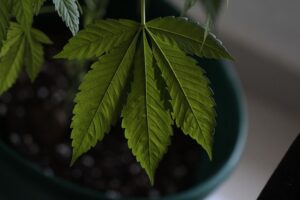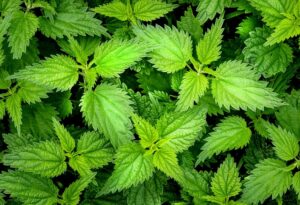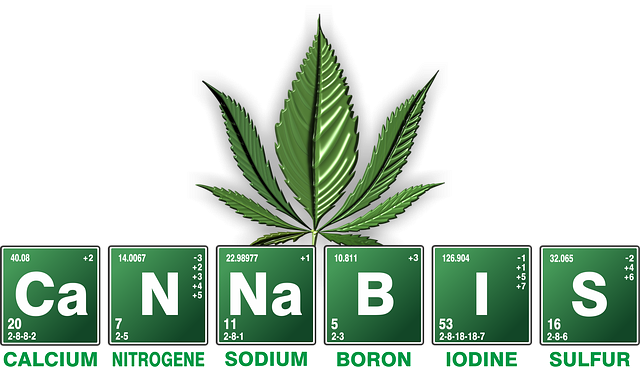
THCA flower, a non-psychoactive form of cannabis that can be converted into THC, is gaining attention for its potential therapeutic benefits. It's important for users to follow THCA flower dosage guidelines to ensure safety and effectiveness, as individual reactions can vary due to differences in body chemistry, tolerance, and strain potency. New users should start with a low dose, typically 1-2 milligrams per day, and adjust based on personal sensitivity and effects experienced. Factors such as the method of administration, product purity, ambient conditions, and potential interactions with other substances must be considered. It's recommended to consult healthcare professionals before incorporating THCA flower into a wellness routine, especially considering its potential psychoactive effects when consumed in higher doses. Proper storage, understanding the legal status in your jurisdiction, and monitoring one's response are all crucial steps for a positive and safe experience with THCA flower.
Discover the nuances of THCA flower, a non-psychoactive precursor to THC found in the cannabis family. This article delves into its unique position within the spectrum and offers insightful dosage guidelines for safe consumption. While THCA flower is often lauded for its therapeutic properties, understanding its potential side effects is crucial for informed decision-making. We explore these effects, factors that influence individual reactions, and essential safety precautions to ensure a responsible approach to incorporating THCA flower into your wellness routine.
- Understanding THCA Flower and Its Place in the Cannabis Spectrum
- THCA Flower Dosage Guidelines: A Comprehensive Overview
- Potential Side Effects of THCA Flower Consumption
- Factors Influencing Individual Reactions to THCA Flower
- Safety Precautions and Best Practices When Using THCA Flower
Understanding THCA Flower and Its Place in the Cannabis Spectrum
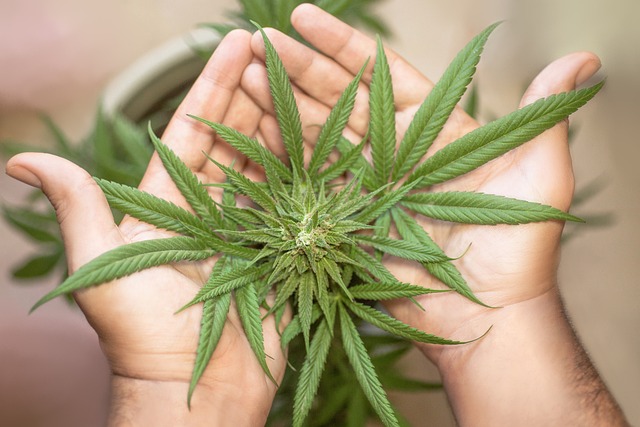
THCA, or Tetrahydrocannabinolic Acid, is a non-psychoactive cannabinoid found in raw or uncured cannabis plants, which degrades into THC upon heating or curing. As part of the larger cannabis spectrum, THCA flower holds significant interest due to its potential therapeutic properties and distinct effects when consumed in its initial form. Unlike THC, THCA does not induce psychoactive effects; instead, it is being studied for its anti-inflammatory, anti-nausea, and potential neuroprotective benefits.
When considering the use of THCA flower, dosage guidelines are crucial to ensure a safe and potentially effective experience. It’s important to start with a low dose to gauge individual sensitivity, as the effects can vary widely among users. Dosage can be influenced by various factors, including the user’s body chemistry, tolerance level, and the specific strain of THCA flower used. Typically, users may begin with 1-2 milligrams of THCA per day, with this amount potentially increased incrementally based on personal tolerance and desired effects. Users should also be aware that THCA flower dosage can differ from other cannabinoid products due to the lack of psychoactive components; thus, users may find themselves needing higher doses to achieve a noticeable effect. Adhering to dosage guidelines is essential for maximizing potential benefits while minimizing adverse side effects. As with any substance, it’s advisable to consult with a healthcare professional before incorporating THCA flower into one’s wellness regimen.
THCA Flower Dosage Guidelines: A Comprehensive Overview

When incorporating THCA flower into one’s wellness regimen, understanding the appropriate dosage is paramount for safety and efficacy. THCA, or Tetrahydrocannabinolic Acid, is a non-psychoactive cannabinoid found in raw cannabis plants, which can convert into THC when exposed to heat or light. As such, users should be mindful of their dosage to avoid the psychoactive effects typically associated with THC. The onset and intensity of effects from THCA can vary significantly based on individual factors like body chemistry, tolerance, and method of consumption.
Navigating the correct THCA flower dosage guidelines requires a careful approach. It is often recommended to start with a low dose, especially for those new to cannabinoid use. A typical starting point might be between 1-5 milligrams of THCA per day, divided across multiple doses. This allows the user to gauge their body’s response and make informed adjustments as needed. It is also crucial to consider the potency of the product; different strains can have varying levels of THCA, which will influence the effective dose. Consumers should always refer to the product’s label for specific dosage recommendations or consult with a healthcare professional before use. Adhering to these guidelines and starting slow can help ensure a positive experience with THCA flower, promoting well-being without overwhelming the system.
Potential Side Effects of THCA Flower Consumption

THCA, or Tetrahydrocannabinolic Acid, is a non-psychoactive cannabinoid found in raw cannabis plants and flowers, which, when exposed to heat or light, converts into the well-known psychoactive compound THC. While THCA is gaining attention for its potential therapeutic properties, it’s important for consumers to be aware of its side effects upon consumption. As with any substance, individual responses to THCA can vary, and certain individuals may experience adverse reactions. Common side effects associated with THCA flower consumption include mild psychoactive effects, especially when consumed in higher doses, which can lead to a feeling of intoxication similar to that of THC. Other potential side effects include dry mouth and eyes, dizziness, altered perception, and, in some cases, anxiety or paranoia. It’s crucial for users to adhere to THCA flower dosage guidelines to minimize the risk of experiencing unwanted effects. Dosage can be highly individualized; thus, starting with a low dose and gradually increasing it under the guidance of an experienced user or healthcare professional is recommended. This approach allows individuals to gauge their body’s response to THCA and adjust their intake accordingly to ensure a safe and positive experience. Proper dosing is key to mitigating potential side effects and maximizing the benefits of THCA flower consumption. Users should also be mindful of their environment, set, and setting when using THCA flowers, as these factors can influence the intensity and nature of the side effects experienced.
Factors Influencing Individual Reactions to THCA Flower
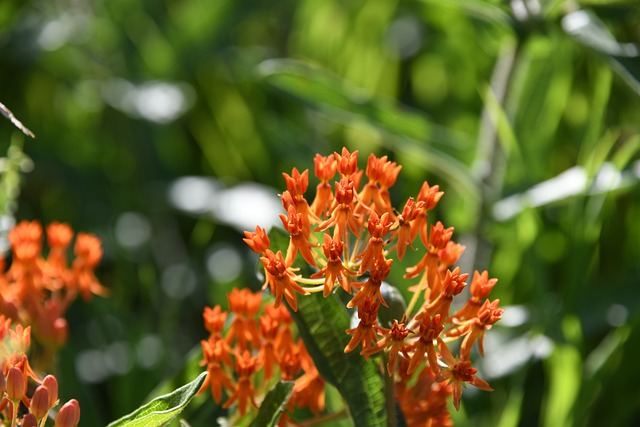
The individual reactions to THCA flower, which is a non-psychoactive cannabinoid found in the Cannabis sativa plant, can be influenced by a variety of factors. These include the user’s unique physiology, metabolism, and endocannabinoid system response. Genetic variations play a significant role in how an individual processes THCA, affecting the onset, duration, and intensity of effects. Additionally, the route of administration—whether inhaled or ingested—can impact absorption rates and subsequent reactions. Dosage guidelines are critical for mitigating potential side effects; doses can range widely depending on a person’s weight, tolerance, and experience with cannabinoids. It is advisable to start with a low dose and gradually increase it while observing the body’s response to determine personal thresholds. Factors such as the time of ingestion, environmental conditions, and whether the product has been third-party tested for purity and potency further influence the experience. Users should also consider how THCA might interact with other medications or substances they are taking. Adhering to dosage guidelines tailored to individual needs is essential for a safe and controlled experience with THCA flower.
Safety Precautions and Best Practices When Using THCA Flower
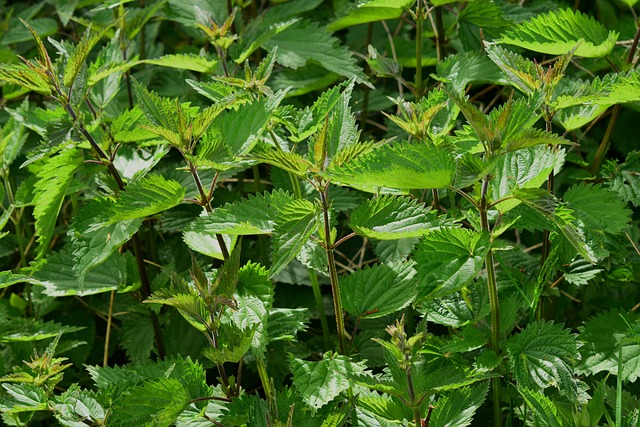
When incorporating THCA flower into one’s wellness routine, adhering to safety precautions and following best practices is paramount. It’s crucial to understand that THCA flower, which contains tetrahydrocannabinolic acid, a non-psychoactive precursor to THC, can still interact with the body’s endocannabinoid system. Therefore, users should start with a modest dosage of THCA flower, as outlined in dosage guidelines provided by reputable sources or healthcare professionals. The recommended starting dose often varies based on individual tolerance and experience with cannabis products; however, it typically ranges from 1-5 milligrams of THCA per day. Users should monitor their response to the substance and adjust their intake accordingly.
To maximize safety and efficacy, it’s advisable to consume THCA flower in a controlled environment, especially for those new to cannabinoid use. This allows for a comfortable setting to assess how the product affects one’s mental and physical state. Additionally, proper storage of THCA flower is essential to maintain its potency; it should be kept in a cool, dry place away from direct sunlight and in an airtight container. Users should also be aware of the legal status of THCA flower in their jurisdiction before purchasing or using it, as regulations can vary widely. Regular consultation with a healthcare provider is recommended to ensure that THCA flower use aligns with any existing health conditions or medications, ensuring a safe and positive experience.
When integrating THCA flower into one’s wellness routine, adherence to dosage guidelines is paramount for a safe and beneficial experience. As outlined in the article, understanding the unique position of THCA flower within the cannabis spectrum is crucial for informed consumption. The potential side effects of THCA flower, such as anxiety or paranoia at high doses, highlight the importance of moderation and personalized dosing, which factors like individual tolerance and metabolism significantly influence. Safety precautions and best practices, including proper storage and responsible use, are essential to mitigate any risks associated with its consumption. In conclusion, a prudent approach to THCA flower dosage guidelines, tailored to the individual’s needs and circumstances, is key to reaping the full range of benefits this cannabinoid offers while minimizing adverse effects. Always consult with healthcare professionals before starting any new supplement or treatment regimen.
